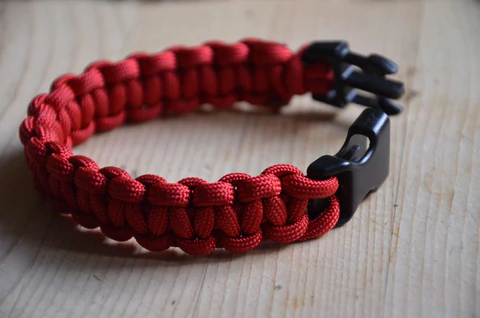
Breaking News
 The EU's Decision to Cancel 2035 Combustion Engine Ban Leaves Automakers at Odds
The EU's Decision to Cancel 2035 Combustion Engine Ban Leaves Automakers at Odds
 Rupee's freefall tells the real story about India's outlook
Rupee's freefall tells the real story about India's outlook
 Massie Introduces Bill to Get US Out of NATO
Massie Introduces Bill to Get US Out of NATO
 Somali Flag Raised Over Vermont School District
Somali Flag Raised Over Vermont School District
Top Tech News
 This tiny dev board is packed with features for ambitious makers
This tiny dev board is packed with features for ambitious makers
 Scientists Discover Gel to Regrow Tooth Enamel
Scientists Discover Gel to Regrow Tooth Enamel
 Vitamin C and Dandelion Root Killing Cancer Cells -- as Former CDC Director Calls for COVID-19...
Vitamin C and Dandelion Root Killing Cancer Cells -- as Former CDC Director Calls for COVID-19...
 Galactic Brain: US firm plans space-based data centers, power grid to challenge China
Galactic Brain: US firm plans space-based data centers, power grid to challenge China
 A microbial cleanup for glyphosate just earned a patent. Here's why that matters
A microbial cleanup for glyphosate just earned a patent. Here's why that matters
 Japan Breaks Internet Speed Record with 5 Million Times Faster Data Transfer
Japan Breaks Internet Speed Record with 5 Million Times Faster Data Transfer
 Advanced Propulsion Resources Part 1 of 2
Advanced Propulsion Resources Part 1 of 2
 PulsarFusion a forward-thinking UK aerospace company, is pushing the boundaries of space travel...
PulsarFusion a forward-thinking UK aerospace company, is pushing the boundaries of space travel...
 Dinky little laser box throws big-screen entertainment from inches away
Dinky little laser box throws big-screen entertainment from inches away
 'World's first' sodium-ion flashlight shines bright even at -40 ºF
'World's first' sodium-ion flashlight shines bright even at -40 ºF
8 Paracord Tricks You Never Knew

Paracord was first used as the suspension lines in parachutes, and when paratroopers hit the ground, they found a multitude of uses for it. Paracord has been a popular cordage option among outdoorsmen and survivalists for decades, but in recent years its popularity grew with the rise of survival-based television shows, movies, and YouTube videos.
Just as the case is with all tools and gear, paracord isn't the perfect option for all situations and environments. Based on the circumstances you find yourself in, there are some disadvantages to it. Having said that, paracord is some amazing cordage due to its size, strength, and versatility. There are a lot of things that paracord can do, and some of them you may not even be aware of.
Here are eight things you didn't know you could do with paracord…
1. You can break it down easily.
Many types of rope are constructed by taking smaller pieces of material and weaving or twisting them together to create larger and larger pieces.
Paracord is made in a somewhat similar fashion. Paracord is composed of two parts, the inner strands (or yarns) and an outer sheath. The yarns are twisted into long pieces and then covered by the outer sheath.
Most ropes can be taken apart, but it can be difficult to do so because they are so tightly constructed. Also, depending on the material the rope is made from, there can be some "memory" to the broken down strands, meaning they don't easily straighten out.
Paracord, on the other hand, is extremely easy to take apart. Simply cut an end of paracord, and the yarns easily pull out.



